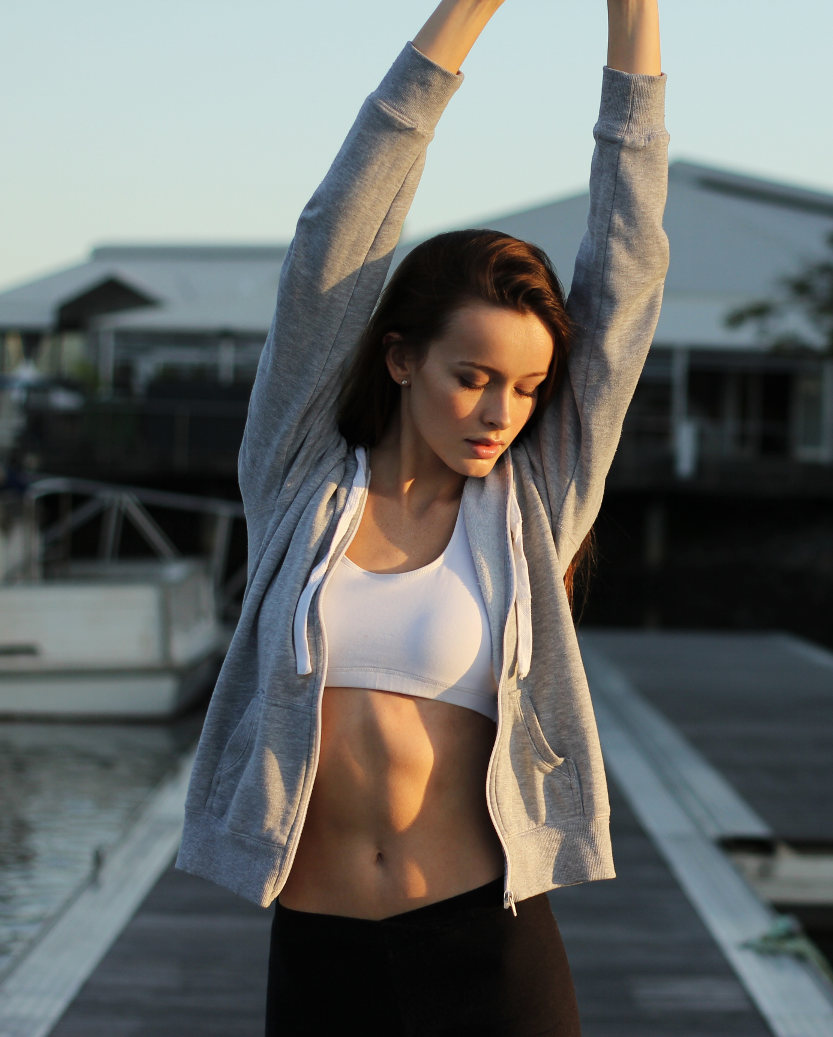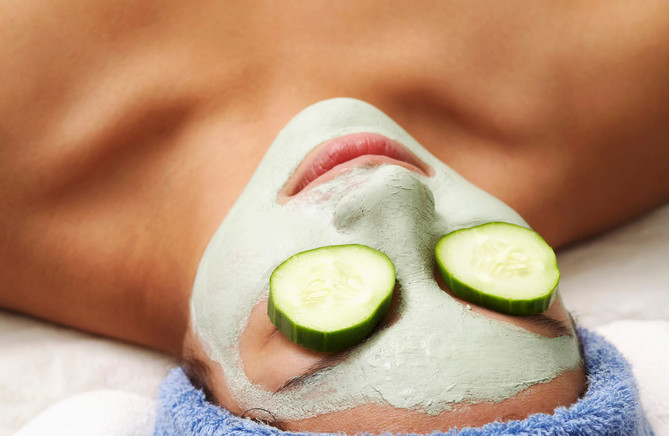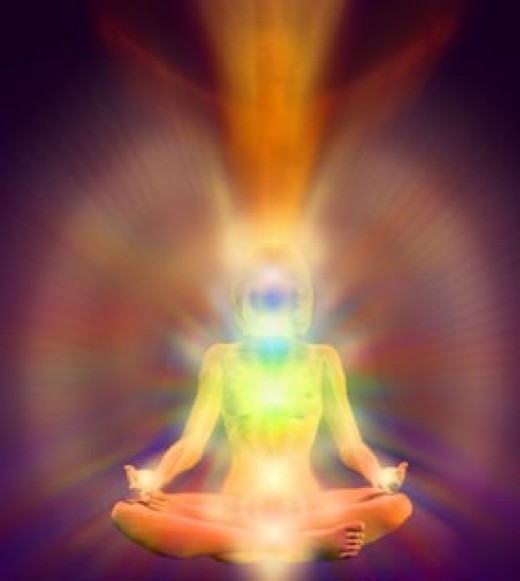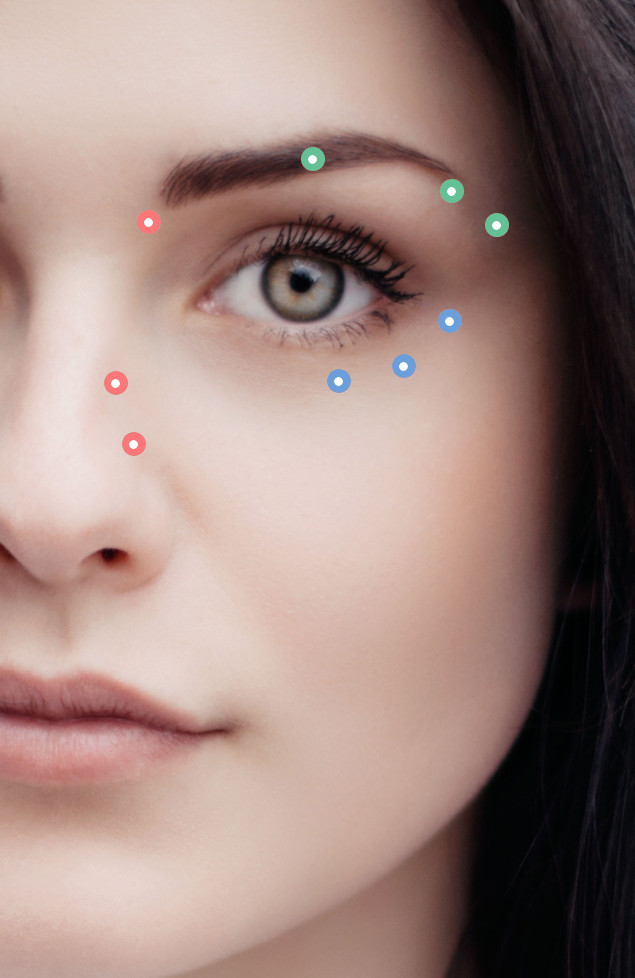Below exercises were introduced by Paul Dennison to stimulate your brain and whole body for further practice. You do not need to go through them all, just choose those that most appeal to you.
Alternate movements
Raise the right knee and touch it with the left elbow, then set the right elbow to the raised left knee (this is like marching in place). This exercise stimulates large areas of both brain hemispheres and improves their communication.
Lazy eights
Do this exercise drawing or tracking the figure eight laid over its side (sign of eternity) with your eyes. Always start to move your eyes from the center to the left and top – left hand, then the right hand and finish with both hands set together. This exercise integrates both hemispheres, relaxes the muscles of hands and arms, supports the eye movement and good eye – hand coordination.
Lazy eights for the eyes
Keep the thumb at the height of the eye in the center line of the body along the elbow. Keep your head still but loose and move only your eyes to track the thumb. Draw the eights with the thumb as above. Continue this even, smooth movement with each hand at least 3 times. Then, both hands set together form X. Focusing on the center of X, track the thumbs set together by drawing a lazy eight again. The lazy eights are for the eyes just as lazy eights for the hand in writing, but here we are focused on the eye movement and improvement of hand – eye and eye – hand coordination.
Elephant
Pull out your hand with its dorsum upside, set your head on the arm of the hand pulled out, have your knees bent slightly, stand in a small stride. Draw the lazy eights in the air with your hands (have your ear set to the arm). Your entire body is working. This exercise activates the brain lobes and is one of the most integrating exercises of the brain gym.
Energetic yawning
Touch the place on the teeth right before the place of connection of the bottom jaw with the top jaw with the ends of your fingers, massage it and slightly open the mouth imaging that you are yawning. This exercise relaxes the muscles and supports the full functioning of the nerves in the temporomaxillary joint improving all the nerve systems to and from the eyes, as well as the muscles of face and mouth.
Circular movements with the neck
Lower the chin as much as possible, move the head slowly from one arm to another, breathe freely. Abdominal breathing.
Breathe in with your nose. First, clear the lungs breathing out through the pressed lips. Place the hands on the belly and move them up as you breathe in, and down when you breathe out. Breathe in and count to three, stop breathing for three seconds, breathe out and count to three, then stop breathing for three seconds again. This breathing pattern is 3-3-3. You can also try the breathing pattern 6-1-6.





